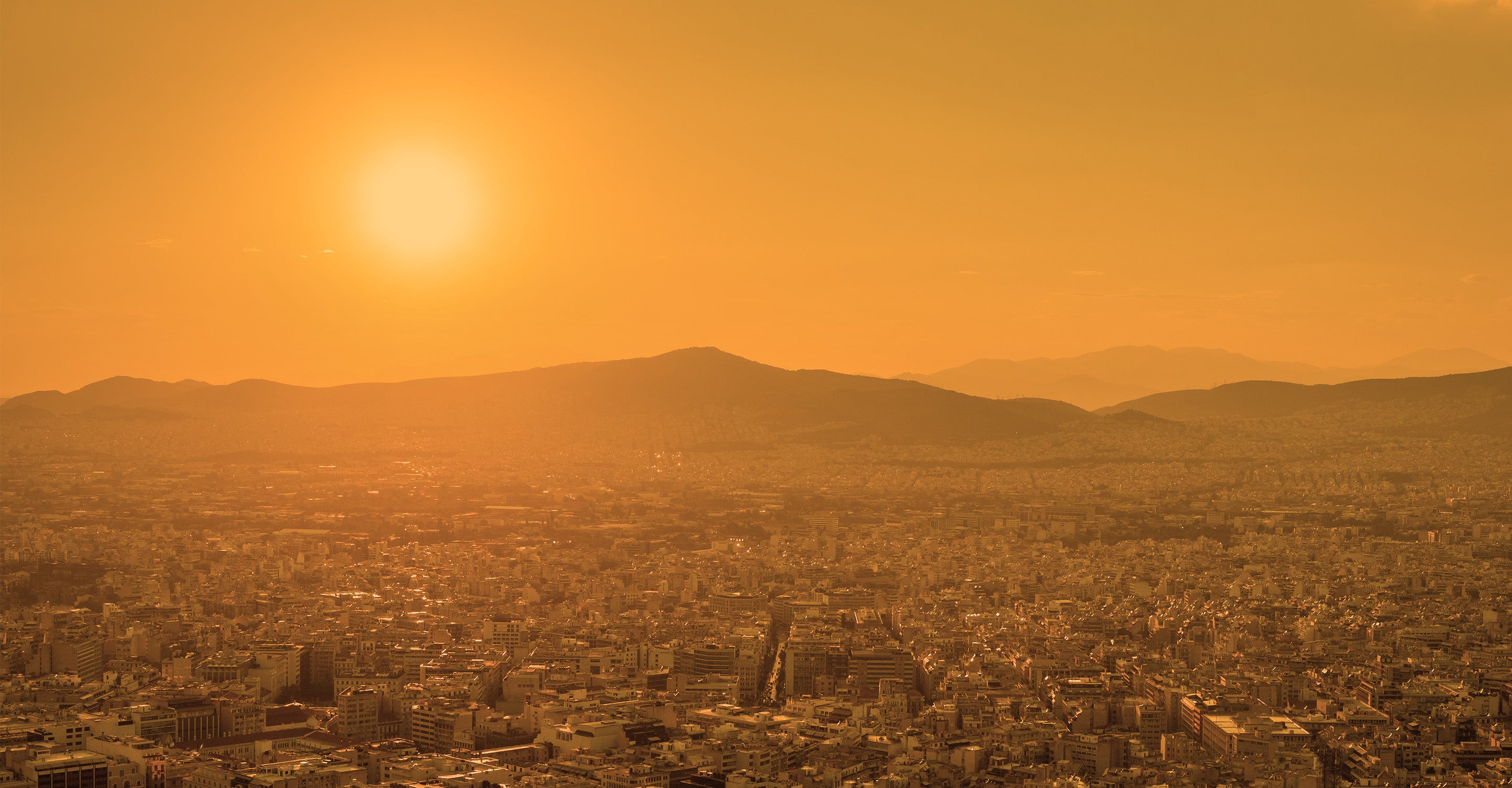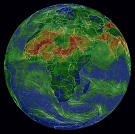Peshawar air quality map
Live air pollution map of Peshawar
4.4K people follow this city
Full screen
Contributors
5
Stations
10
Contributors category
1
Government
3
Non-profit organization
0
Educational
1
Corporate
0
Individual
0
Anonymous
Most polluted air quality stations
| # | station | US AQI |
|---|---|---|
| 1 | Hayatabad (PakAirQuality) | 186 |
| 2 | The Bank of Khyber Phase3 | 122 |
| 3 | Dalazak Road Peshawar | 93 |
| 4 | US Consulate in Peshawar | 82 |
| 5 | Northwest Hospital Phase V Hayatabad Peshawar | 80 |
| 6 | Yousaf Abad, Warsak Road - PCAA | 74 |
| 7 | BoK Industrial Estate Hayatabat | 64 |
| 8 | Haytabad-Phase5 | 59 |
| 9 | Civil Secretariat - PCAA | 50 |
| 10 | GT Road Peshawar | 37 |
Health Recommendations
| Sensitive groups should reduce outdoor exercise | |
| Close your windows to avoid dirty outdoor air GET A MONITOR | |
| Sensitive groups should wear a mask outdoors GET A MASK | |
| Sensitive groups should run an air purifier GET AN AIR PURIFIER |
community highlight
Peshawar most followed contributors
Become a contributor
Get an AirVisual Outdoor and contribute to collecting millions of data points for the Peshawar map to track local air pollution
Understand air pollution and protect yourself
Peshawar MAP AIR QUALITY ANALYSIS AND STATISTICS
Can the air quality map help prevent illnesses caused by pollution in Peshawar ?
Air pollution maps in Peshawar and throughout Pakistan can help to significantly reduce any health conditions that are caused, or potentially aggravated by exposure to higher quantities of smoke, haze and other hazardous clouds of fine particulate matter, all of which will show up in the form of higher US AQI readings on the air quality map for Peshawar .
In regards to health conditions, some can be caused by direct exposure to chemical compounds in the air, as well as particle-based pollution, whilst in the case of aggravation, people with potential pre-existing conditions (some of which may be life-long ones that they suffer from, with asthma being a prime example) will have these health issues made significantly worse. The US AQI readings present throughout the whole of Peshawar as shown on the air quality maps can show you exactly where the spikes in pollution are occurring because this is the main benefit that air quality map pages have over regular city pages. Whilst this has been touched on briefly in the rest of the article, it is important to reiterate that when air quality maps are referred to, they have a distinct advantage of not just showing the air quality average reading, in the form of US AQI as well as PM2.5 concentrations. City pages may help you to get a better understanding of when a city has a high average, but air quality map pages will show you exactly where the air pollution occurs, along with numerous other benefits that can help to reduce health conditions amongst the citizens, both new and pre-existing, in Peshawar. Additional information regarding these benefits will be covered in further detail in other questions throughout the article.
Regarding the health issues that air pollution maps and air quality maps can help to both prevent or reduce, they include ones that predominantly affect both the pulmonary and cardiac systems, both of which are more severely affected by continuous breathing of highly polluted air, especially during spikes of pollution which may occur at various times throughout the year. Pulmonary conditions are more well known as primary illnesses caused by air pollution exposure, with dry coughs, irritation to the upper and lower respiratory tract (which in some cases can lead to infections of the throat as well as the chest, which can hold grave consequences for those in poor health or even the elderly), along with aggravating the exposed mucous membranes, which includes the mouth, eyes, and ears. When the pollution readings are high on the air quality maps in Peshawar, there will be a tendency for the general population to start experiencing a higher rate of these adverse effects, with hospital admissions going up significantly, along with other issues that can affect society as a whole such as premature deaths being directly related to high pollution levels, along with babies being born prematurely or with low birth weight, along with a higher potential for miscarriage.
As the air quality maps in Peshawar can show you exactly where the pollution is occurring and when, they are of great help in keeping individuals safe, and can be an indicator of what actions may need to be taken if one is in an area that shows dangerous levels of air pollution. Of note is that even for cities that have much cleaner levels of air quality, or times of the day or indeed the year when the air quality shows improvement in Peshawar, it is important to remember that sudden elevations can occur due to several reasons. By referring to the air quality maps in Peshawar consistently, one can therefore help lessen the more severe side effects that constant air pollution brings, and in some cases when appropriate action is taken, cause health problems to disappear entirely (this may occur when the air quality map is consulted and areas that show consistently lower levels of air pollution become places that one can move to, thereby avoiding some of the more severe consequences brought about by living in parts of Peshawar that have higher US AQI readings on the air pollution maps throughout the whole year.
What can the air pollution maps in Peshawar tell you about air quality levels?
Current and up-to-date air quality map readings change throughout the day, and as such, the air quality map, or air pollution map as it can also be referred to, can be checked over the day, with each day, week and month potentially having vastly different readings. Long-term reviews of such readings on the pollution maps will show that there may be average levels that are more common, specifically during certain times of the day as well as during the rest of the year. These are always subject to sudden change due to events such as fires or other major polluting issues.
Which groups may find the most benefit from using air quality maps in Peshawar?
Whilst much of the population will benefit from using the air pollution map and city pages for reference in Peshawar, there are certain groups of more vulnerable or at-risk people that should go to greater lengths to ensure that pollution within the air does not bring them even more harm.
These groups include people such as young children and babies, along with the elderly, all of whom are susceptible to the negative changes brought about on a physiological level by air pollution exposure. Other groups include pregnant women, those with pre-existing health conditions, as well as those with ailing or compromised immune systems.
Does the air quality map in Peshawar show what pollutants are present?
The air quality readings present on the map above are aggregated by several main pollutants, which are used to calculate the US AQI reading not just in Peshawar but throughout the world. The reason for this is their prevalence and release from many of the main polluting sources, and although there are many variations possible, these remain core components in calculating the overall pollution levels into an easy-to-understand number, that of the US AQI reading.
Also shown on the regular city pages, are the various concentrations of the different air pollutants present in Peshawar and other cities. For air quality measures from years past, PM2.5 is also used, due to it being a very common and dangerous air pollutant that is present almost everywhere (and is also figured into the US AQI aggregation). Other pollutants used to form the US AQI figure (as well as inform users as to what pollutants they are most likely to be breathing when they are in an area with high pollution readings) are carbon monoxide, ozone, sulfur dioxide and nitrogen dioxide, along with the two forms of particle-based pollution, PM10 and PM2.5.
The aforementioned PM2.5 is one of the more insidious ones and can cover materials ranging from spores, bacteria, metals, nitrates and sulfates, water and oil droplets, silica dust, black carbon, along with many other materials (some of which can have severely adverse effects on the human body, particularly amongst children or those who are unwell) that fall into the category of being 2.5 micrometers or less in diameter, hence classing them as being PM2.5.
Peshawar air quality data attribution
5Contributors
 U.S. Department of State
U.S. Department of State1 station
Government Contributor
 PCAA Secretariat
PCAA Secretariat1 station
- Peshawar Clean Air Alliance
2 stations
 Pakistan Air Quality Initiative
Pakistan Air Quality Initiative1 station
3 Non-profit organization Contributors
 The Bank of Khyber
The Bank of Khyber5 stations
Corporate Contributor
3 Data sources










